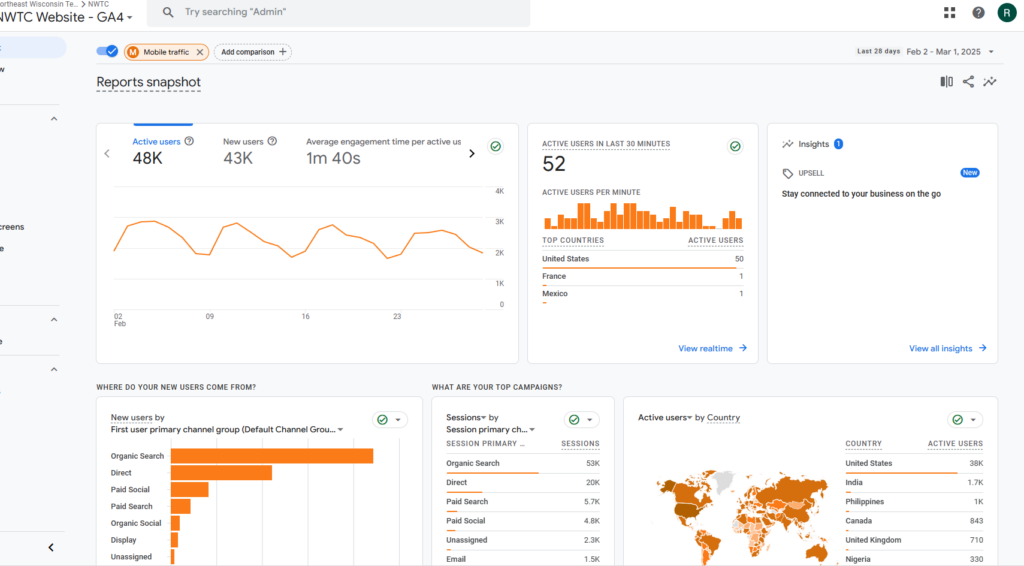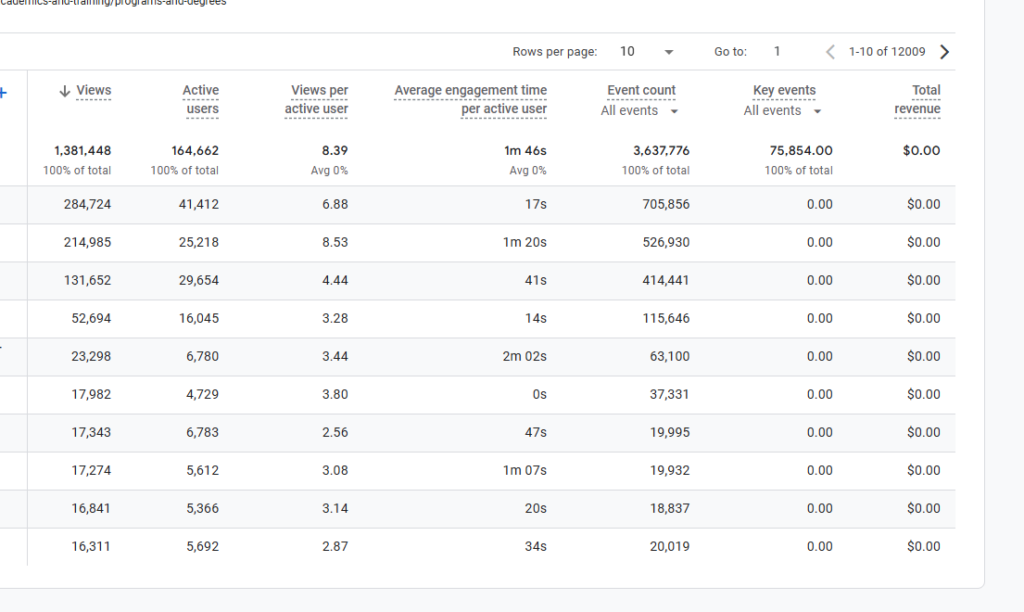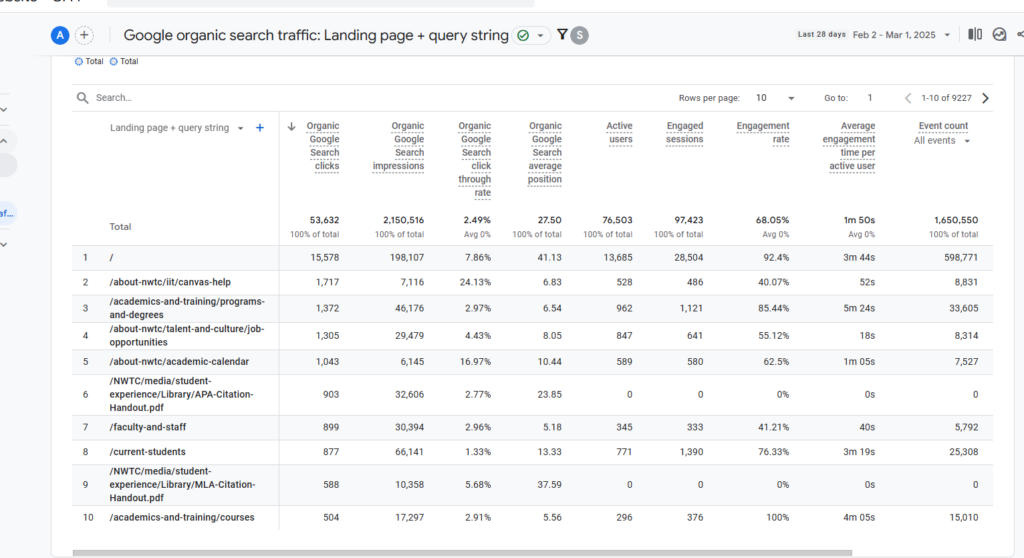Wordfence Security
- URL: https://www.wordfence.com/
- Purpose:
Wordfence Security is one of the most popular WordPress security plugins, offering firewall protection, malware scanning, login security, and more. Its comprehensive suite of features helps safeguard your WordPress site from various threats.
Items Addressed by Wordfence Security:
- Brute Force Attack Prevention: Limits login attempts and provides CAPTCHA support to prevent automated login attempts.
- Malware Scanning: Continuously scans for malware, trojans, backdoors, and suspicious code, alerting users of any issues.
- Firewall Protection: Blocks malicious traffic and implements advanced firewall rules to protect against external attacks.
- Real-time Threat Defense Feed: Provides up-to-date protection against emerging threats by constantly updating the firewall rules and malware signatures.
Wordfence Security is easy to install and configure, offering detailed reports about your website’s security status. It’s an excellent tool for those looking to enhance their WordPress site’s security in multiple aspects.
No Comments


